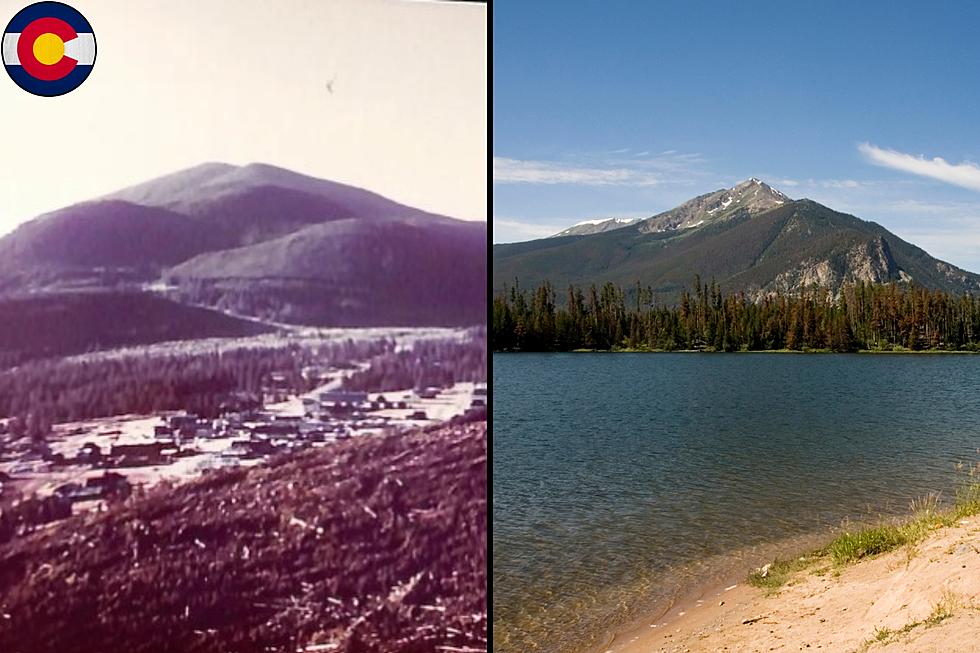
This Colorado Reservoir Hides an Underwater Ghost Town
Before Colorado became a territory, life was rugged in the land that would become the Centennial State. Some of Colorado's earliest communities had to start over multiple times before things got rolling.
Dillon, Colorado, was incorporated in 1883 on the northeast side of the Snake River. Just as residents thought they could settle into life in the Rocky Mountains, they would be asked to relocate. So, how did the original Dillon townsite end up at the bottom of a lake?

The Story of Dillon, Colorado
The town of Dillon would be relocated after it was incorporated in 1883. The issue was the townsfolk of Dillon built their town before the arrival of the Denver or Rio Grande Railroads. As the rail lines arrived, engineers convinced Dillon they would be better off moving closer to the rail lines, and the town was moved to the western side of the Blue River.
Let's Move Again
Another rail line arrived in the area by 1892, and the town was once again convinced to relocate so the railroads could combine the lines with one rail station near Dillon. The third townsite was established at the confluence of Blue River, Snake River, and Tenmile Creek.
The Denver Water Board
By the early 1900s, the Denver Water Board was surveying the mountains to find a way to bring more water down to the South Platte River. A decision was made to purchase the water rights to the Blue River Valley and start buying up the property around Dillon.
By the time of the Great Depression, even more residents who could not afford property taxes were sold to the Denver Water Board. By the mid-1950s a decision was made to build a dam to construct the Dillon Reservoir. and the Harold D Roberts Tunnel, which meant relocating Dillon yet again to its current location.
Keep going to learn ten cool facts about the Dillon Reservoir.
10 Facts You May Not Have Known About Colorado's Dillon Reservoir
Gallery Credit: Wesley Adams
LOOK: The 15 Largest Lakes Found in Colorado
Gallery Credit: Wes Adams
KEEP GOING: These are Colorado's Largest Lakes and Reservoirs
Gallery Credit: Wes Adams
